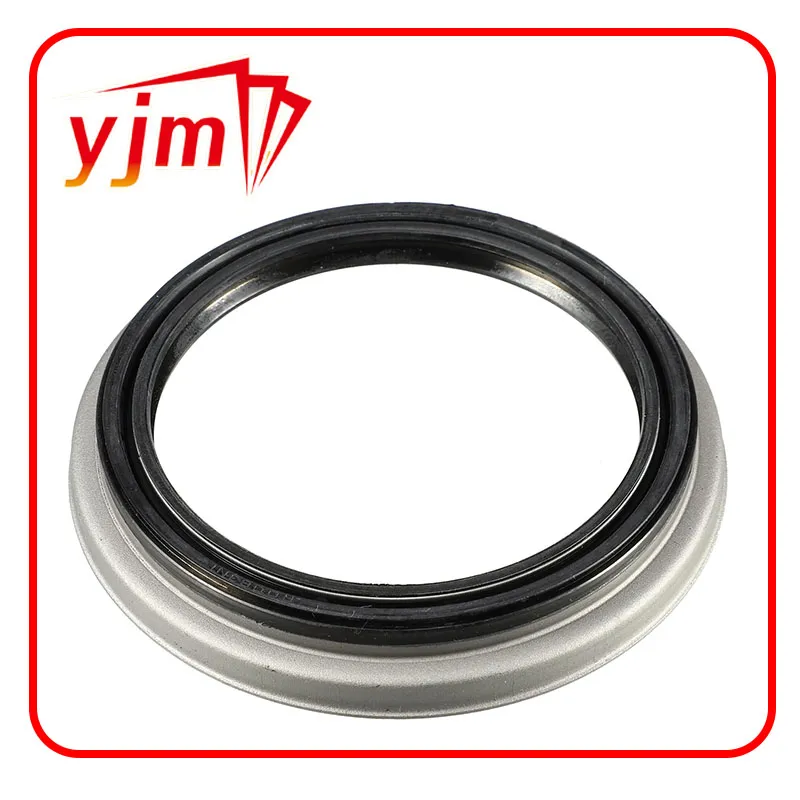M14 x 1.5 Oil Drain Plug Specifications and Installation Guide for Your Vehicle Maintenance Needs
Understanding the M14 x 1.5 Oil Drain Plug Importance and Maintenance
When it comes to maintaining the health of your vehicle, something as seemingly minor as the oil drain plug plays a crucial role. Among various sizes and specifications available in the market, the M14 x 1.5 oil drain plug stands out for its widespread usage in numerous automobiles. Understanding its significance, applications, and maintenance can enhance the longevity and performance of your engine.
What is an M14 x 1.5 Oil Drain Plug?
The designation M14 x 1.5 refers to the specific dimensions and thread characteristics of the oil drain plug. The M14 indicates a metric thread with a diameter of 14 mm, while the 1.5 specifies the thread pitch, meaning there are 1.5 mm between each thread. This size is commonly suited for a variety of vehicles, including many cars and trucks, making it an essential component in automotive maintenance.
Oil drain plugs are typically made of robust materials such as aluminum or steel, designed to withstand high temperatures and pressures. They serve as a vital point for the removal of engine oil during oil changes, allowing for the effective draining of old oil and contaminants before new oil is introduced.
The Importance of the Oil Drain Plug
The primary function of the oil drain plug is to provide a secure seal for the oil pan. If this plug is not functioning correctly, several issues can arise
1. Oil Leaks A loose or damaged oil drain plug can lead to significant oil leaks, potentially resulting in low oil levels and engine damage. 2. Contamination If improper plugs are used, or if the plug is not sealed correctly, dirt and debris can enter the oil system, leading to rapid wear on engine components. 3. Difficult Oil Changes A faulty drain plug can make oil changes cumbersome, causing unnecessary hassles and extending maintenance time.
m14 x 1.5 oil drain plug

Given its crucial function, choosing a high-quality M14 x 1.5 oil drain plug and ensuring it is correctly installed is vital for the vehicle’s performance.
Maintenance Tips for the Oil Drain Plug
1. Regular Inspection Check the oil drain plug during routine maintenance. Look for signs of oil leaks or corrosion, as these can indicate wear or potential failure. 2. Proper Torque Application When re-installing the oil drain plug after an oil change, ensure it is tightened to the manufacturer’s specifications. Over-tightening can lead to stripping the threads, while under-tightening can cause leaks.
3. Use of Washers Often, a rubber or metal washer is used with the drain plug to create a better seal. Ensure that you replace the washer whenever you change the oil to prevent leaks.
4. Consider Upgrading If you frequently experience issues with your drain plug, consider upgrading to a high-performance model designed for better sealing and durability.
5. Monitor Oil Levels Always keep an eye on your oil levels. If you notice a sudden drop, investigate potential leaks or faults in the oil drain plug.
Conclusion
The M14 x 1.5 oil drain plug plays a fundamental role in maintaining vehicle engine health. Understanding its function and taking proper care through regular checks and maintenance practices can help ensure that your engine runs smoothly and efficiently. As with any vehicle part, attention to detail regarding the oil drain plug can prevent costly repairs down the road and enhance the overall longevity of your vehicle. Whether you’re a DIY enthusiast or just a casual vehicle owner, taking the time to understand and care for components like the oil drain plug will yield rewarding returns in the long run.
-
The Ultimate Guide to Boat Propeller Bearings and Trailer Wheel Bearings
News Jul.31,2025
-
The Essential Guide to Marine Bearings and Boat Trailer Wheel Bearings
News Jul.31,2025
-
The Complete Guide to Heavy Duty Seals: Protecting Doors and Spaces Efficiently
News Jul.31,2025
-
Essential Guide to Marine Shaft Bearings and Boat Trailer Axle Bearings
News Jul.31,2025
-
Comprehensive Guide to Marine and Trailer Bearings for Safe Boating and Transport
News Jul.31,2025
-
Comprehensive Guide to Automotive Oil Seals: Protecting Your Engine and Shafts
News Jul.31,2025
-
Understanding Automotive Oil Seals: Essential Components for Engine and Shaft Protection
News Jul.30,2025
Products categories















